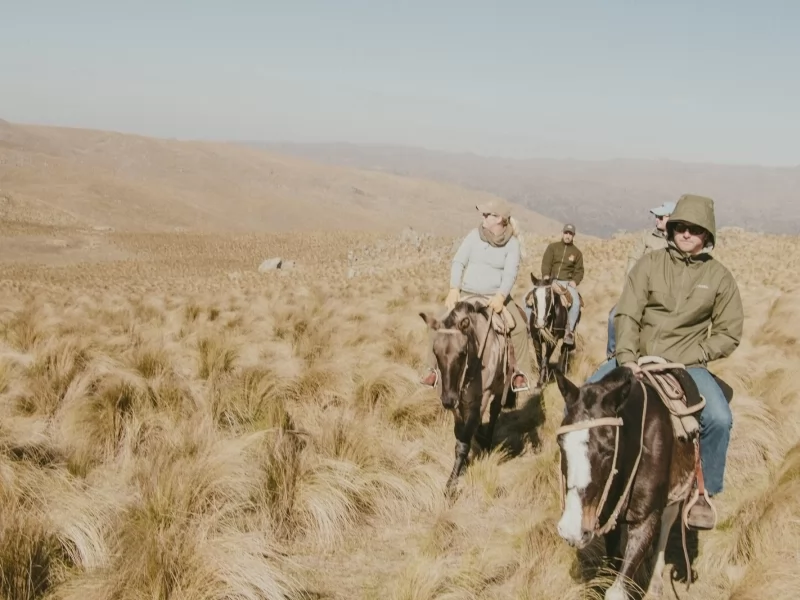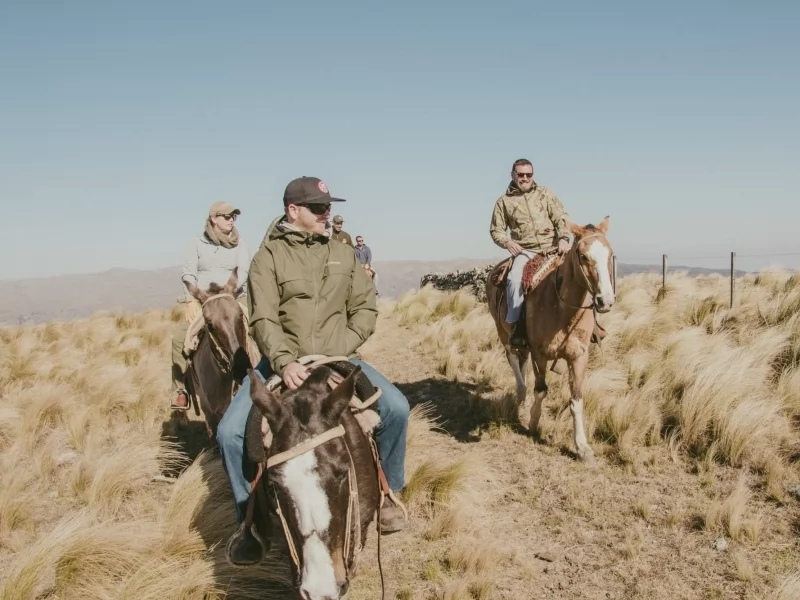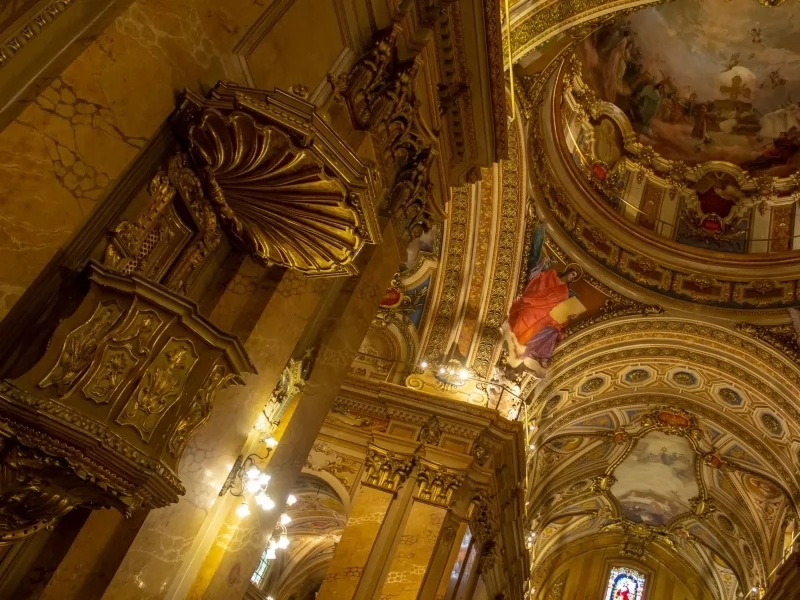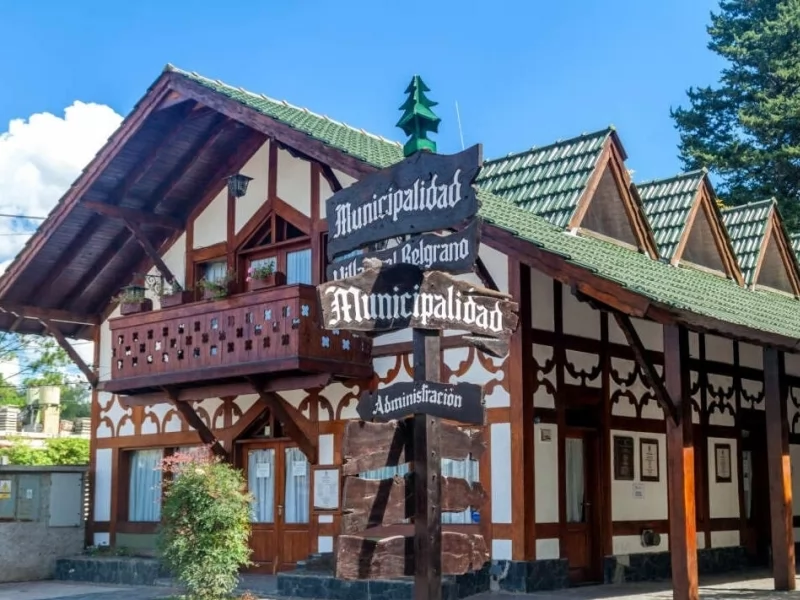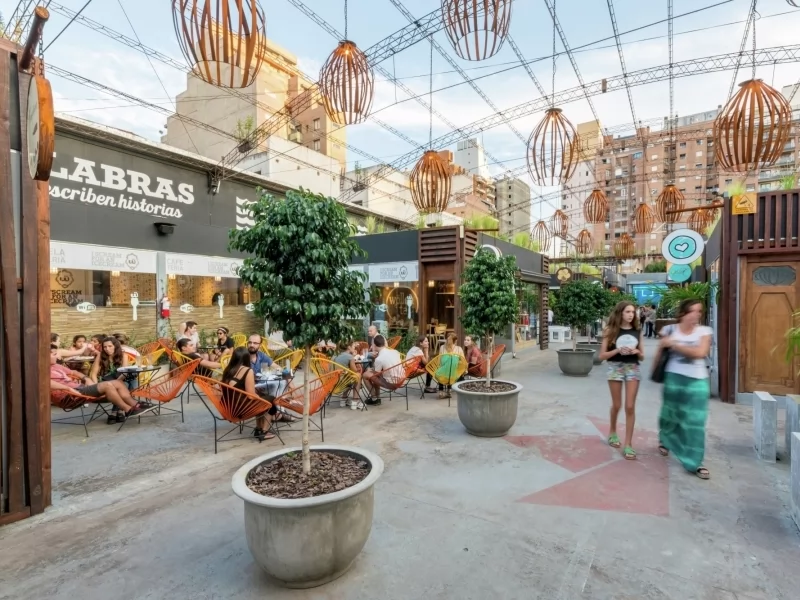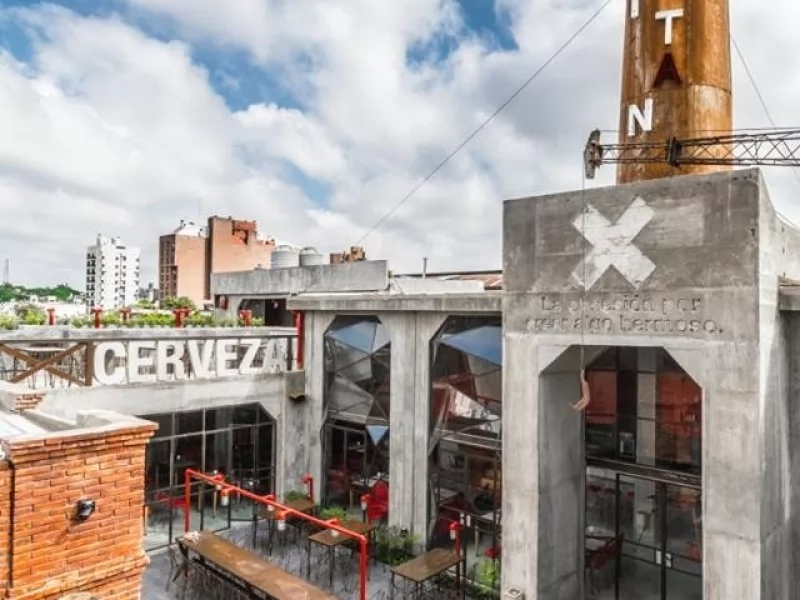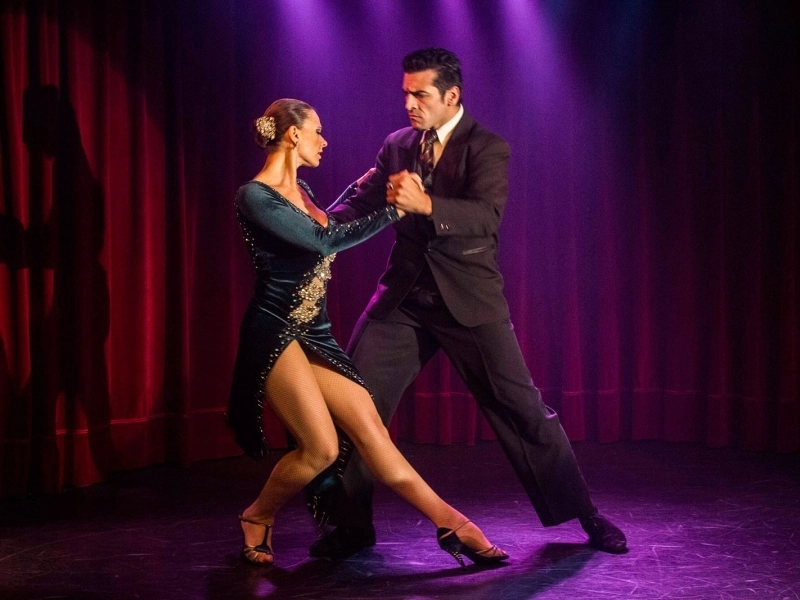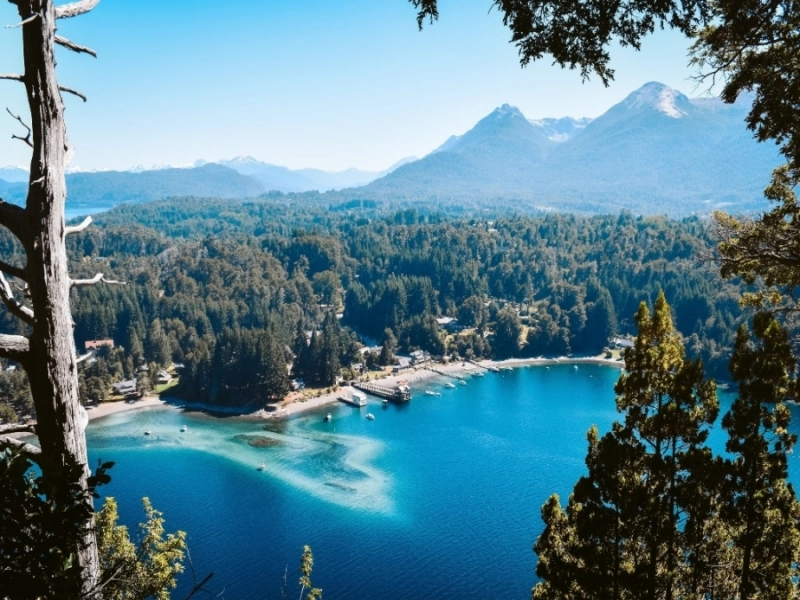News and Testimonials

Why Córdoba is Argentina’s most underrated region
Although long popular with Argentine tourists, Córdoba Province receives few foreign visitors, despite being one of the most diverse parts of the country. This underrated region is home to hip cities, kitsch Germania, iconic revolutionaries, skydiving hubs, UFO-spotters, and perhaps the finest horse riding on the continent.
Because its capital is getting cool
The capital of the province and Argentina's second city, Córdoba is finally emerging from the long shadow of Buenos Aires. Home to the second oldest university in South America, the city has a large student population, which gives it a dynamic, youthful feel. This sits alongside a well-preserved microcentro (historic centre) filled with beautiful colonial-era churches, monasteries, theatres and municipal buildings.
The local authorities are investing heavily in arts and culture, and several new museums and cultural spaces have opened up. The latest is the Centro Cultural Córdoba, an eye-catching, glass-and-concrete construction, with an arcing roof that appears to have been designed specifically to tempt skateboarders (though numerous signs warn that this activity is explicitly prohibited).
Immediately behind the centre, which hosts regular exhibitions, theatrical performances and film screenings, is the Faro (Lighthouse), a concrete twist that rises almost 90m into the air.
The centre of cool Córdoba, though, is Barrio Güemes, one of the city’s oldest neighbourhoods, now rapidly gentrifying. Many of its crumbling eighteenth- and early nineteenth-century houses have been transformed into antique shops, boutiques, art galleries, and trendy restaurants and bars. The barrio comes alive in the evenings, when locals flock to drink craft beers at Dada Mini and cocktails at Milk, eat at the artist-owned Milo Lockett, and – at weekends – rummage through the stalls at the bohemian Paseo de las Artes street market.
Because you can ride like a gaucho
Córdoba’s central sierras, a mountain range formed 400 million years before the Andes and flanked with moorland and pampas, are wonderful for horse riding. The best place in the region for novice or experienced horse riders alike is the Anglo-Argentine-owned Estancia Los Potreros.
At this wonderfully secluded working ranch the Begg family and their gauchos take you on epic rides across an undulating landscape that vaguely resembles the Scottish Highlands.
Among their horses are Paso Peruanos, a breed famous for its extra “gait” – a fifth gear essentially – which makes for a smoother ride. They are so well-bred that even the most nervous rider will soon imagine themselves a cowboy or girl. More experienced riders, meanwhile, can try their hand at that very Anglo-Argentine sport, polo.
Because there’s town that looks like a cartoon Germany
For a complete change of scene, head to Villa General Belgrano, which feels like a cartoon version of Germany. The town was founded in the 1940s by survivors of the Graf Spree, a Nazi battleship that sank off the coast of Argentina during the “Battle of the River Plate” in World War Two.
Its streets are lined with ersatz Alpine-style buildings, mock castles, and pubs with names like “Alter Zeppelin” and “Viejo Munich”. Restaurants serve sausages and sauerkraut, spätzle and goulash, while café’s offer up black forest gateau and apple strudel. Shops, meanwhile, are stocked with beer steins, toy wooden trolls and relojes cu-cu (cuckoo clocks). The town comes into its own – with the kitsch ramped up to the max – in the autumn when it hosts a raucous Oktoberfest.
Because there’s adrenaline to be had in the skies
In the north of the province lies the town of La Cumbre, Argentina’s skydiving, hang gliding, and paragliding capital. If, however, you prefer to gaze up at the sky, head to nearby Capilla del Monte, famed for its UFO sightings. Here a steady stream of visitors arrive to experience the area’s “energy centres”, sample the medicinal qualities of local plants and herbs, and – above all – climb Cerro Uritorco, the supposed heart of the region’s paranormal activity.
Because there’s a fascinating revolutionary history
The province also has a fascinating revolutionary history, starting with the Jesuits, who helped to shape modern South America. The religious order – Pope Francis is a member – arrived in the region in the early 1600s, and quickly turned it into a cultural centre. Forced labour was provided by the indigenous community in return for the “civilizing” benefits of religious and Spanish-language instruction.
For the Spanish Crown this was a dangerously enlightened approach, and the – by now very wealthy – Jesuits were eventually banished from the continent in the 1760s. As well as a lasting cultural influence, they left behind an incredible array of architectural gems, notably estancias (ranches) such as Santa Catalina.
Almost 200 years later, in the 1930s, the Guevara family moved to Alta Gracia, a small town 40km south of Córdoba, in the hope that the dry climate of the surrounding sierras would help the five-year-old “Che” cope with his chronic asthma.
Their home, Villa Beatriz, is now an evocative museum, filled with all manner of memorabilia – from the golf clubs and typewriter Che used as a young man to the ashes of Alberto Granado, with whom he embarked on his famous motorcycle journey around Latin America.

